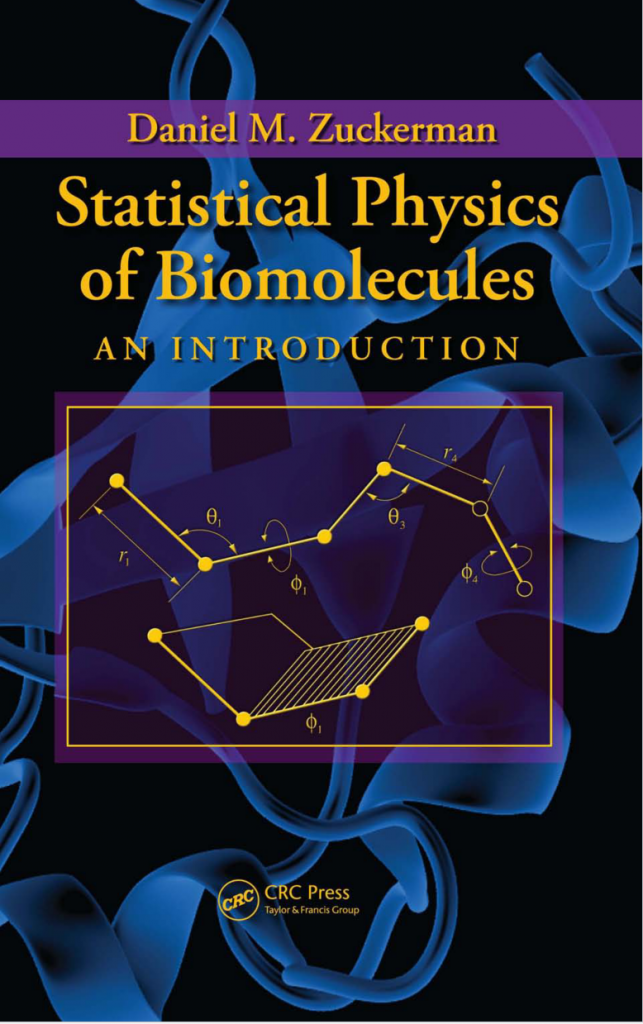UFUG1501
General Physics I

General Physics I is designed for students who are interested in science and technology. The course is mostly delivered based on an algebra-based approach, and it incorporates conceptual understandings and mathematical problem-solving skills. Key topics covered by General Physics I include motions in one and two dimensions, Newton’s Laws, work and energy, conservation of energy and momentum, rotational kinematics and dynamics, oscillations, fluids, waves, and thermal physics.
AMAT5850
Molecular dynamics simulations for biomolecules


Molecular dynamics (MD) simulation has been widely used in physics, chemistry, life science, and materials science. Biomolecular systems often exhibit complex behaviors, difficult to be experimentally characterized in full detail. In this regard, biomolecules are good examples for MD simulations to study. Since its first application to protein dynamics almost five decades ago, MD simulation has been demonstrated to be a very useful and powerful tool for investigating the structure and dynamics of biomolecules, such as proteins and nucleic acids.
Nowadays, MD simulation is more than a complementary tool to the existing experiments, it goes far beyond elucidating the microscopic mechanism and making new discoveries. The 2013 Nobel Prize in Chemistry has been awarded to Martin Karplus, Michael Levitt, and Arieh Warshel “for the development of multiscale models for complex chemical systems.” The irreplaceable role of MD simulation in current scientific research and industrial applications has also been well established. Therefore, it is important that students should be equipped with the basic knowledge of MD simulation and the skills necessary to design and carry out MD simulations.
The course aims to provide students of various backgrounds with the basic knowledge of molecular dynamics simulations and nurture them to solve different problems of interest in biological science and engineering with theoretical modeling skills. The course also aims to foster students, who may not have prior experience in the field, with an interest in molecular dynamics simulation. Ultimately, students should have a basic knowledge of molecular dynamics simulation and grasp the preliminary skills of designing and running simulations for simple biomolecular systems.
AMAT5860
Introduction to molecular biophysics

Biophysics is the science of physical principles underlying all processes of life. Physics and biology have established strong connections within the past few decades, leading to the formation of a two-way street picture: physics provides tools for understanding biology and biology yields new insights into physics. Molecular biophysics uses interdisciplinary research approaches that combine concepts in physics, biology, chemistry, mathematics, engineering and computer science, aiming to understand life activities occurring at the microscopic level in terms of molecular structure, organization and dynamics. Recently, major conceptual advances, numerous innovations in instrumentation, and powerful new analytical and computational methods have promoted the rapid progress of the molecular biophysics discipline. The results have offered unprecedented insights into the structure-function relationship in biology. Meanwhile, the research approaches have significantly advanced our skills in studying complex systems at the molecular level. As a result, it becomes increasingly important that students should be equipped with basic knowledge of molecular biophysics and the basic research skills developed in molecular biophysics.
The course aims to provide students of various backgrounds with an understanding of molecular biophysics and the basic knowledge of the research strategies developed in molecular biophysics. The course also aims to nurture students to develop the skills to study complex biological systems in a quantitative way. Ultimately, students should have the basic knowledge of molecular biophysics and the ability to design research approaches for solving the problems in the interested biomolecular systems.